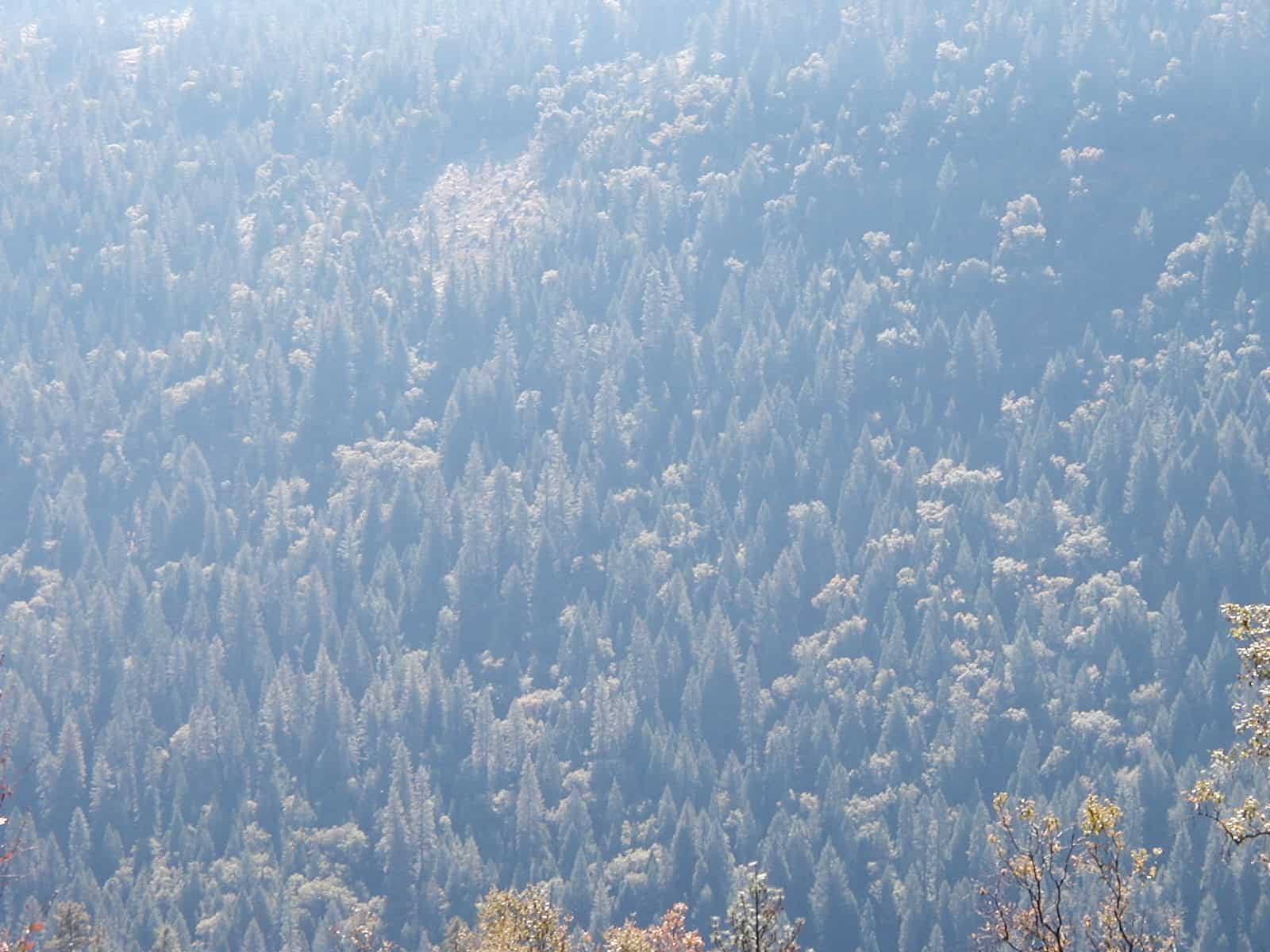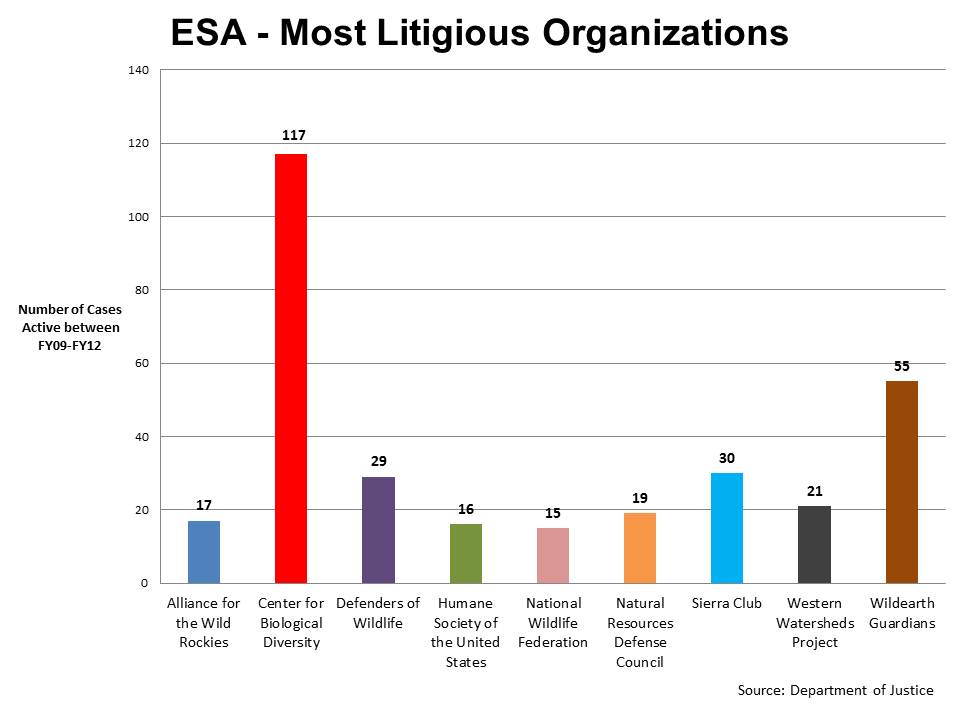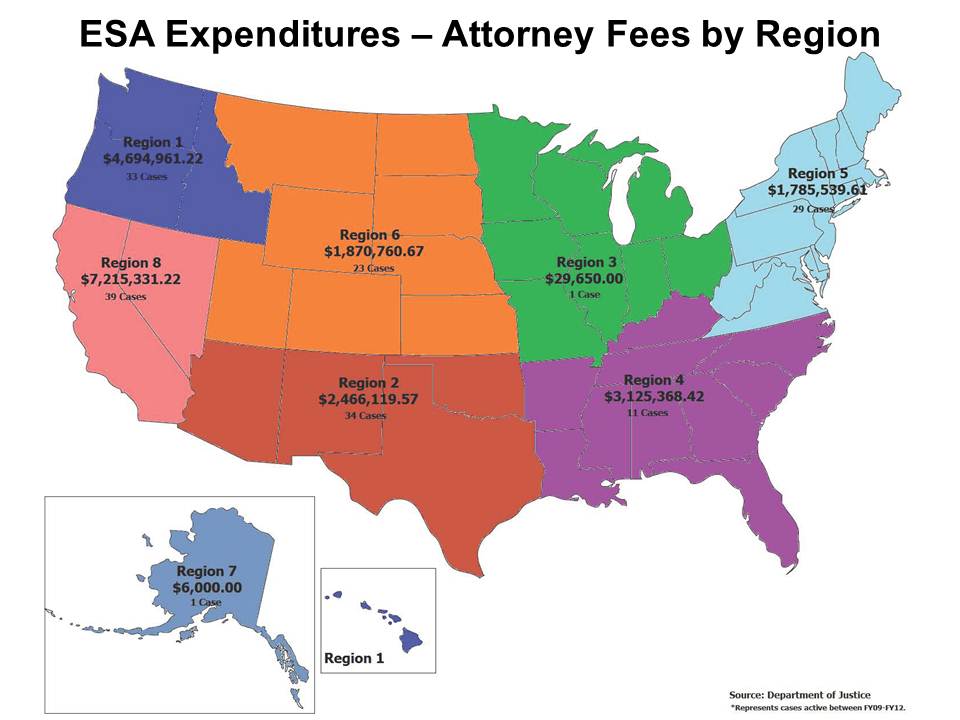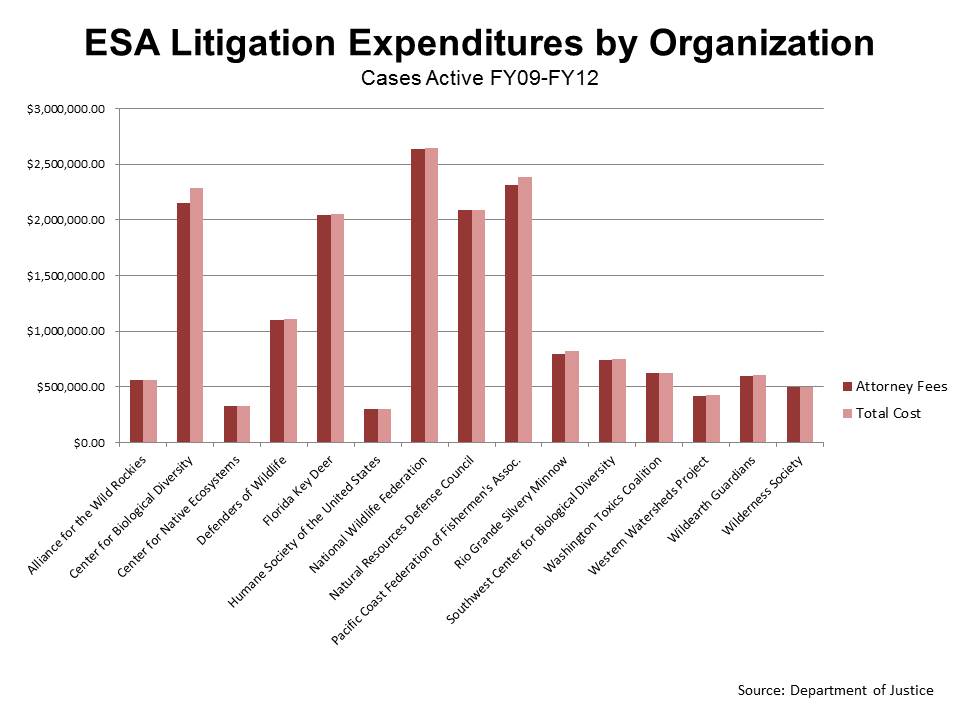Guest post by Megan Birzell, The Wilderness Society.
A little more than a month after a leading opponent of the Colt-Summit forest restoration project on the Seeley Lake Ranger District publicly compared Forest Service employees and mill workers to Nazis – and the diverse group of Montanans working to promote forest restoration and much-needed jobs to Nazi sympathizers – Federal District Court Judge Donald Molloy has issued a decision that utterly dismantles the critics’ claims that Colt-Summit is harmful to fish and wildlife including bull trout, lynx and grizzly bears.
The Colt-Summit project, developed by the Forest Service in collaboration with the Lolo Restoration Committee of the Montana Forest Restoration Committee and funded, in part, through the Southwestern Crown of the Continent Collaborative (www.swcrown.org) is a proposal that will decommission 28 miles of roads, thin and burn 2,038 acres of forest suffering from a century of fire suppression, and re-route four miles of road away from a bull trout spawning stream. These activities will improve lynx, grizzly bear, and bull trout habitat, reduce the risk of catastrophic wildfire, and help restore more natural fire regimes to the area.
The project was appealed and then challenged in court last year by the Alliance for the Wild Rockies and a few other groups. The initial appeal of the project included 152 allegations, all of which were rejected. The subsequent lawsuit included 12 allegations, 11 of which were rejected by Judge Molloy in his 46-page decision issued on July 11. The one claim that was upheld by Judge Molloy will likely result in the Forest Service preparing a brief supplement to their extensive analysis, seeking public comment and then moving forward with the project.
Following months of inflammatory rhetoric, name-calling and inaccurate statements by opponents of collaborative forest restoration and the Colt-Summit project, a review of Judge Molloy’s decision is timely, relevant, and highly instructive. Excerpts from that ruling (attached) include the following.
On the National Forest Management Act, National Environmental Policy Act and Endangered Species Act:
“The plaintiffs suggest that the Forest Service’s analysis for the Colt summit Project violates NFMA, NEPA and ESA in several respects. By and large, though, the analysis is adequate and meets the requirements of the various acts.”
On lynx, streams and wetlands:
“The plaintiffs argue that the Project violates three Forest Service Standards—two related to lynx and one related to streamside and wetland buffers. The record shows the Project violates none of the lynx or streamside and wetland standards.”
On lynx and snowshoe hare:
“[The Forest Service] noted in addition that the Project will actually improve snowshoe hare and lynx habitat. The plaintiffs do not point to any contrary evidence. There is no record evidence that the Project will ‘reduce snowshoe hare habitat.’”
On Forest Service rules regarding vegetation management:
“The plaintiffs fail to meet their burden of proof…They have not shown the Forest Service made a ‘clear error of judgment…’”
On concerns regarding lynx habitat connectivity:
“
None of these arguments is viable in my view. The Forest Service did consider how the Project would impact lynx travel.”
“A more fundamental problem with the plaintiffs first argument is that the Project does not appear to be in a linkage area. The plaintiffs rely on a large-scale map from the Northern Rockies Lynx Management FEIS to show that the Project is within a linkage area…The map does not lend itself to a precise determination of where the linkage areas are located. As the Service explained, it is only a beginning point and is subject to refinement with additional data.”
“The most recent data from Dr. Squires’ research—which was relied on in the EA—show that lynx are not using the Project Area as a travel corridor…The most recent research shows…there are no linkage areas in the Project Area.”
“The plaintiffs second argument—that the Service applied the standard incorrectly, is also lacking.”
On wetlands and streamside buffer issues:
“Here, the plaintiffs argue that the Forest Service shrank buffers in the Project Area without first conducting the requisite analysis. They also claim that the Service plans to log timber directly within wetlands, in violation of the INFISH standards. The allegations are incorrect.”
“The plaintiffs similarly object that the Project violates INFISH because the record has no site-specific ‘analysis, data, or rationale for shrinking the INFISH buffers.’ Their argument is futile because the Forest Service explained why it shrank the buffers.”
“There is no showing how the Project, as amended in the EA Addendum, violates the INFISH standards for wetlands.”
“The plaintiffs assert the Forest Service plans to cut trees and conduct prescribed burns directly within wetlands…Yet, the plaintiffs claim, the Forest Service did not consider the Project’s impact on wetlands in the FONSI. They write that the FONSI ‘neglects to mention wetlands at all.’ A closer reading of the FONSI shows: ‘The modified proposed action will not impact…wetlands…’ As set forth in its briefs, the Service is not going to conduct any cutting or burning in wetlands. Furthermore, buffers will be created around the wetlands.”
On the Endangered Species Act, lynx, and grizzlies:
“The plaintiffs next insist the Forest Service violated Section 7(a)(2) of the Endangered Species Act by inadequately analyzing the Project’s effects on lynx and grizzlies and by failing to include the Summit Salvage Project Area in its analysis. This concern also misses the mark.”
“Here the plaintiffs reason the Forest Service failed to comply with ESA Sec. 7(a)(2) because it did not analyze whether the Colt-Summit Project would adversely modify lynx critical habitat The assertion is belied by the record. The Forest Service went beyond its obligations under ESA Sec. 7(a)(2) in drafting both a biological assessment that addresses lynx and lynx critical habitat and in engaging in informal consultation with the Fish and Wildlife Service.”
“Both the Forest Service and the Fish and Wildlife Service found that the Project ‘is not likely to adversely affect’ lynx or lynx critical habitat.”
“The plaintiffs question at length the proposition that the Forest Service can use Forest Plan standards—such as the lynx standards—as a surrogate for the requirements under ESA Sec. 7(a)(2). While interesting, the thesis misses the point.”
“Neither the Forest Service nor the Fish and Wildlife Service ignored the effects that the Project might have on lynx or lynx critical habitat. There has been no showing of convincing argument or evidence that the agencies’ analysis is flawed.”
“The Forest Service did not explain why it included the Summit Salvage area from its analysis. But it did not have to. It does not need to explain why it excludes every imaginable area subject to possible analysis. It only needs to explain why it selected the units of analysis that it chose. In this case it did so with respect to both lynx and grizzlies.”
“The plaintiffs argue, only in passing, that the Project will have the potential to adversely affect grizzly bears. They make no specific argument as to how the Forest Service’s analysis about grizzlies somehow violates ESA Sec. 7(a)(2). Instead, they make sparse, blanket allegations that grizzly bears will be harmed. The record is binding and it shows the Forest Service’s analysis of grizzly bear impact does not violate ESA Sec. 7(a)(2).”
“The plaintiffs argue that the Forest Service did not adequately consider the impact of the Project on lynx critical habitat or the lynxes’ use of the Project Area as a corridor for travel between the Bob Marshall and Mission Mountains…the Forest Service did, in fact, discuss the impacts that the Project would have on lynx crucial habitat. The Service offered a long discussion of the impacts but it concluded that the Project will not have any significant impacts…The plaintiffs do not offer any reasoned explanation for why the Forest Service’s analysis is inadequate and they have not explained how the project would have a ‘significant effect’ on the lynx critical habitat.”
“Critical habitat aside, the plaintiffs maintain that lynx use the Project Area as a travel corridor and that the Forest Service did not consider the impacts that the Project would have on that corridor….The Forest Service, however, argues that the Project Area is not a corridor for lynx travel and that there is therefore no need to consider how the Project will impact lynx travel. The Forest Service has the better argument.”
“The Forest Service relies on GPS tracking data from Dr. Squires which shows detailed information about how lynx use the area. Dr. Squires’ data tends to show that lynx do not use the Project Area as a corridor to travel between the Bob Marshall and Mission Mountains. What the data tends to show is that lynx cross Highway 83 south of the Project Area. This means the Project Area is probably not an ‘ecologically critical area’ based on its use by the lynx as a linkage corridor. Moreover, the Forest Service explained in the EA why the Project would not have any impact on corridors or linkages for grizzly bears, gray wolves, and lynx.”
“As discussed above, the Service adequately considered the impacts on lynx, lynx habitat and grizzlies.”
On the National Environmental Policy Act:
“The plaintiffs next argue the Forest Service violated in several respects…all but one of these arguments fail.”
“Here, the plaintiffs claim that the Forest Service predetermined that the EA would result in a FONSI…In this case, there was no predetermination to issue a FONSI.”
On bull trout:
“As to bull trout, the only part of the project that will have an impact is culvert removal and decommissioning of Road 646. Both the Forest Service and the Fish and Wildlife Service recognize that the culvert removal and road decommissioning will have a short-term impact on bull trout. But, in its Biological Opinion, the Fish and Wildlife Service explained that those actions will ‘reduce long-term sediment delivery by 77 percent’ and ‘improve access to spawning and rearing habitat and thermal refugia.’ As a result, the Fish and Wildlife Service determined the actions will help ‘restore’ the Upper Clearwater sub-watershed. The plaintiffs have apparently abandoned their argument regarding bull trout as they did not offer any response to the Forest Service’s discussion of bull trout and the Biological Opinion in their reply brief.”
“For all the reasons stated, the Forest Service adequately considered the Project’s impacts on listed species and critical habitat.”





